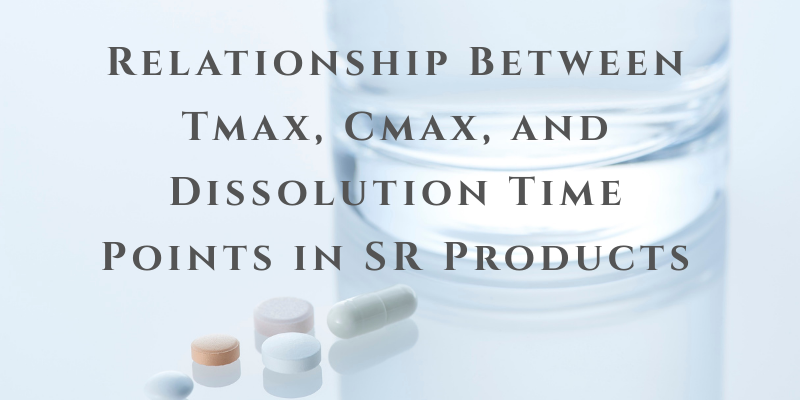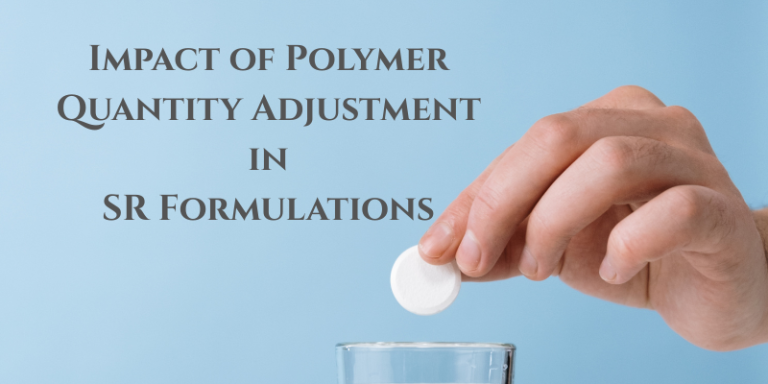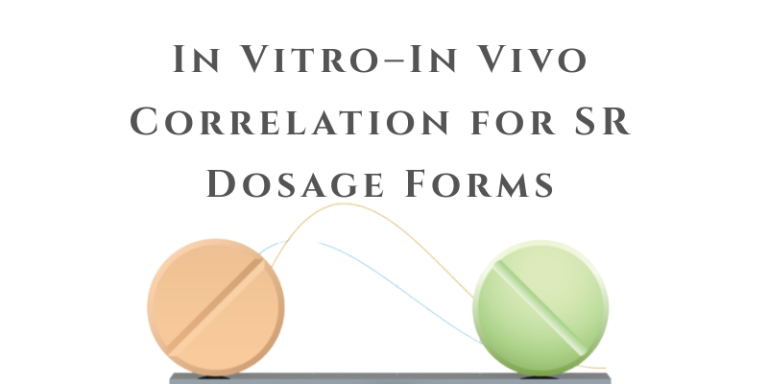Relationship Between Tmax, Cmax, and Dissolution Time Points in Sustained-Release Products
In sustained-release (SR) or extended-release (ER) formulations, the relationship between Tmax, Cmax, and dissolution specification time points is critical to ensure the product delivers the drug at a controlled rate, maintaining therapeutic levels over an extended period. Unlike immediate-release formulations where the goal is rapid absorption and a quick Tmax, SR products are designed to delay Tmax and maintain consistent drug levels, resulting in a more gradual rise to Cmax and a prolonged plateau phase in the plasma concentration profile.
Tmax in SR formulations typically occurs several hours after administration—often between 4 to 12 hours or even longer—depending on the formulation strategy. This delayed Tmax reflects the slower release and absorption of the drug. Accordingly, the in vitro dissolution time points must be selected to mirror this extended absorption phase. Dissolution specifications are typically set at multiple intervals such as 1, 4, 8, 12, and 24 hours. These time points allow the developer to monitor and control the drug release pattern throughout the intended dosing interval.
The dissolution profile should show minimal release in the initial hours to confirm the absence of dose dumping, followed by a steady and controlled release rate that aligns with the expected in vivo performance. For example, a sustained-release tablet intended for once-daily dosing might show not more than 20–25% drug release at 1 hour, followed by 50–60% at 4 to 8 hours, and 85–90% by 12 to 24 hours. This gradual release ensures a controlled Tmax and a moderate Cmax, which helps to minimize peak-to-trough fluctuations and reduce side effects associated with high plasma concentrations.
Establishing a meaningful relationship between dissolution and pharmacokinetics is often supported through an in vitro-in vivo correlation (IVIVC), especially in Level A IVIVC, where each dissolution time point corresponds to specific absorption time points in the plasma profile. Regulatory agencies expect such alignment to demonstrate that the formulation behaves consistently and predictably in vivo. Additionally, submitting comparative dissolution profiles of at least three exhibit batches helps confirm batch-to-batch consistency and supports regulatory expectations for quality and performance.
In conclusion, for sustained-release formulations, dissolution specifications must be carefully designed based on the pharmacokinetic profile—particularly Tmax and Cmax—to ensure therapeutic consistency, regulatory compliance, and optimal patient outcomes.
Read also:
- Differences Between RSABE and Traditional ABE Approaches
- Regulatory Approaches for Bioequivalence Study of Highly Variable Drugs (HvD)
- Solubility Enhancement Techniques for BCS Class II Molecules
Resource Person: Moinuddin Syed. Ph.D, PMP®






